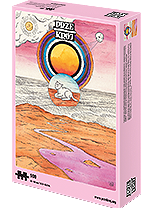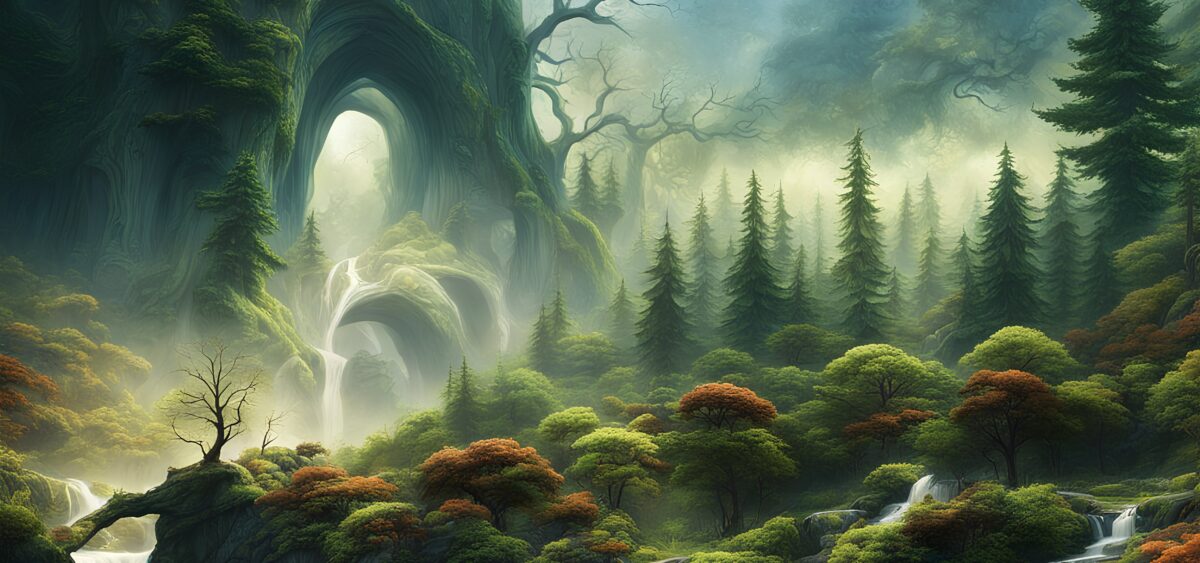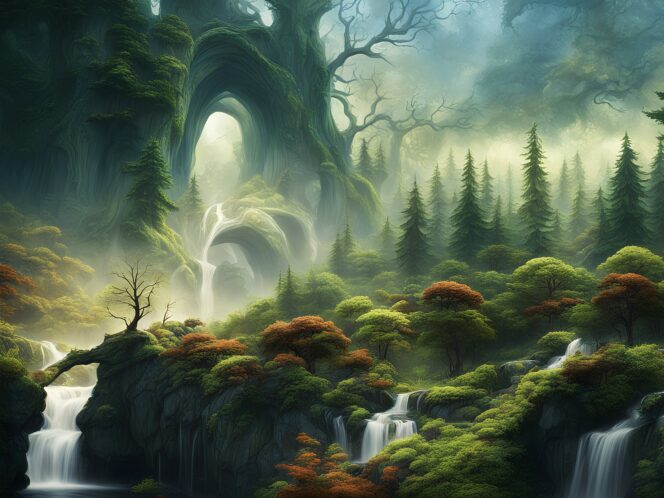
“There’s no point in triumphing over evil if the evil isn’t scary,” says British author and comic book creator Neil Gaiman. In his opinion, we love horror stories because they constantly remind us that we are alive.
Even as a boy, Neil Gaiman made up stories. He imagined coming home from school to find his parents were gone, or replaced with perfect copies so accurate that little Neil wouldn’t be able to tell them apart from his real parents. He liked the emotions that scary and tense stories evoked in him. Years later, he began to write them himself.
Gods and monsters
His books and comics have sold millions of copies and won countless prizes, and his book signing events are attended by hundreds of readers. One of the questions he hears most often is: “Why tell ghost stories?” He claims it’s a fascination rooted deep in our past. “We have ghost stories from Ancient Egypt, after all, ghost stories in the Bible, classical ghost stories from Rome, along with werewolves, cases of demonic possession and, of course, over and over, witches. We’ve been telling each other tales of otherness, of life beyond the grave, for a long time; stories that prickle the flesh and make the shadows deeper and, most importantly, remind us that we live,” he said








